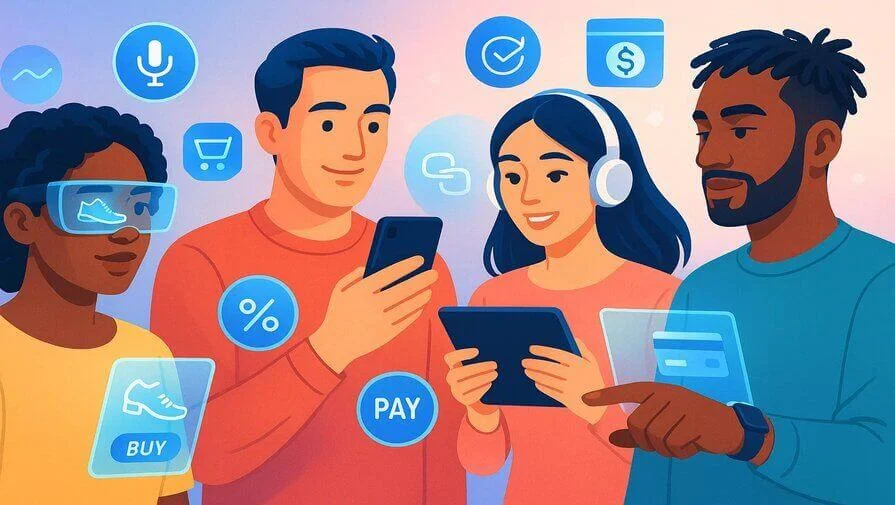Want to know how online shopping is changing right before your eyes? Online stores are now using smart tools like AI, which show you products you might like, and AR, which lets you see products before buying. Keeping up with these trends helps brands attract more customers and stay ahead. Let’s take a simple look at the top eCommerce trends in 2025.
Key eCommerce Trends Shaping 2025
Here are the top trends shaping eCommerce in 2025.
01. Augmented Reality (AR) and Virtual Try-Ons
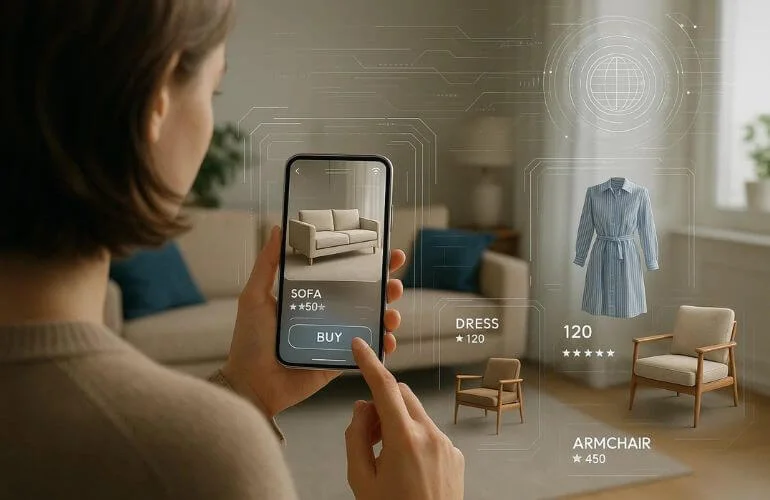
AR is transforming how shoppers explore products online. Customers can visualize how furniture fits in their living space or how clothing looks on them before purchasing. This technology not only boosts confidence but also reduces returns.
By 2025, AR is expected to be standard for fashion, home décor, and beauty brands, bridging the gap between online and in-store experiences. High-quality product images are crucial for AR experiences. Our eCommerce photo editing service ensures your product visuals are crisp, realistic, and engaging.
As AR enhances product visualization, retailers are also making shopping more convenient through voice commands.
02. Voice Commerce is Growing Rapidly
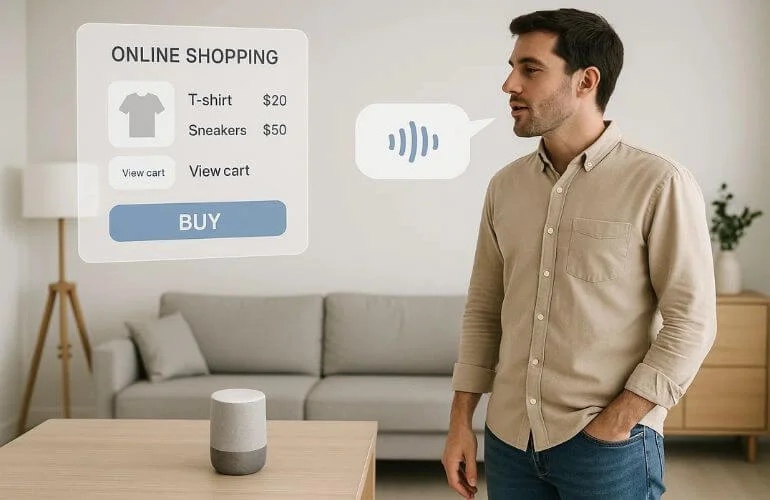
Voice assistants like Amazon Alexa, Google Assistant, and Apple Siri enable hands-free shopping. Customers can reorder items or check deliveries using simple voice commands, making the shopping experience faster and easier.
According to Loup Ventures, by 2025, 75% of U.S. households will have smart speakers, making voice shopping a critical channel for retailers (GoDataFeed).
Beyond convenience, AI works behind the scenes to personalize the shopping experience, tailoring product recommendations and offers to each customer.
03. Artificial Intelligence (AI) for Personalization
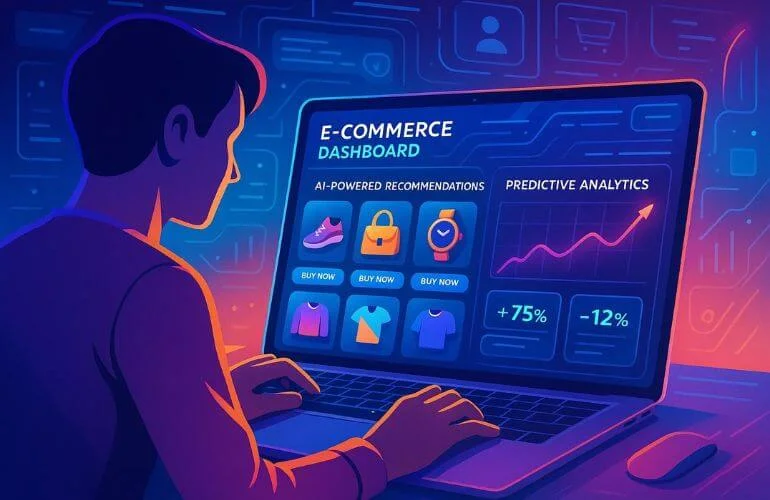
AI continues to revolutionize eCommerce by analyzing user behavior and tailoring experiences. It helps show the right products, set smart prices, and send marketing that fits each shopper.
AI chatbots provide instant customer support, improving engagement even outside business hours. In 2025, shops that make shopping personal for each customer will have an advantage.
AI is the engine that powers individualized customer experiences, helping brands deliver content, offers, and recommendations that truly resonate.
04. Individualized Customer Experiences
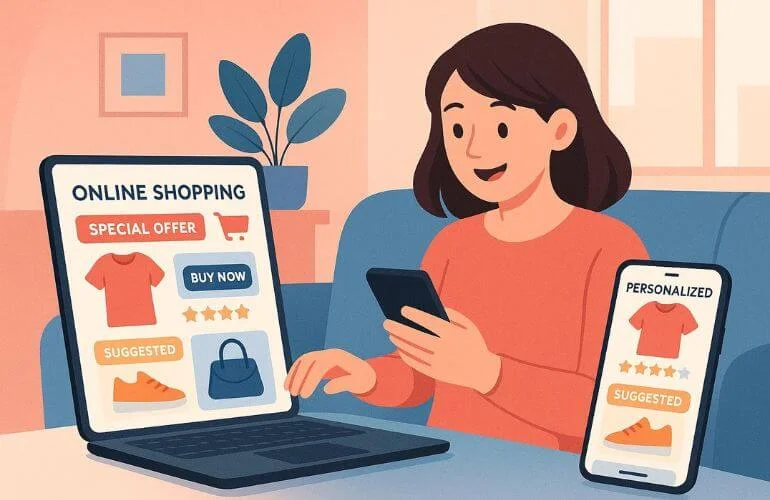
Closely tied to AI, providing unique and personalized experiences is critical. By leveraging customer data, brands can create tailored offers, content, and product suggestions.
A personalized experience not only increases conversion rates but also builds customer loyalty. Businesses that prioritize individualized experiences will thrive in an increasingly competitive market.
Personalization goes hand-in-hand with mobile-first shopping, as customers increasingly make purchases on their smartphones.
05. Mobile-First Shopping
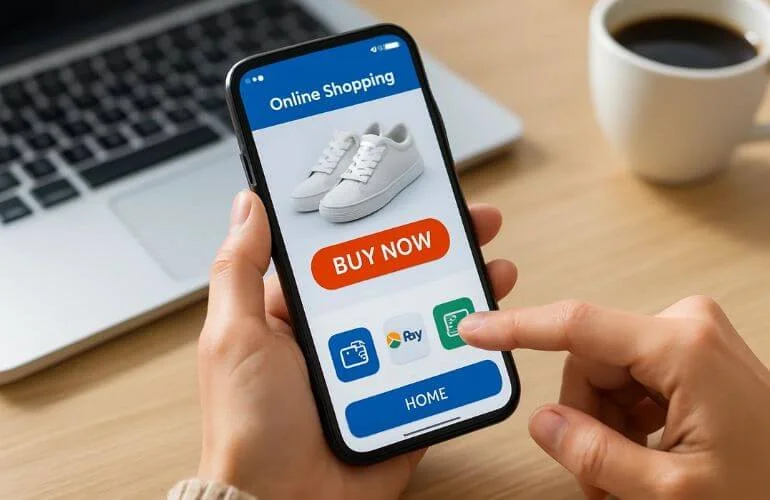
Mobile shopping is becoming the main way people buy online. By 2025, over 75% of online sales are expected to happen on smartphones and other mobile devices (Red Stag Fulfillment).
As smartphones and digital wallets become more popular, retailers need mobile websites that are fast and easy to use. They should also offer simple checkout options like Apple Pay, Google Wallet, and WeChat Pay. A simple and quick mobile experience is now essential to attract and keep customers.
With more purchases happening on mobile, video content becomes a critical tool for engagement and driving conversions.
06. Video Marketing and Shoppable Content
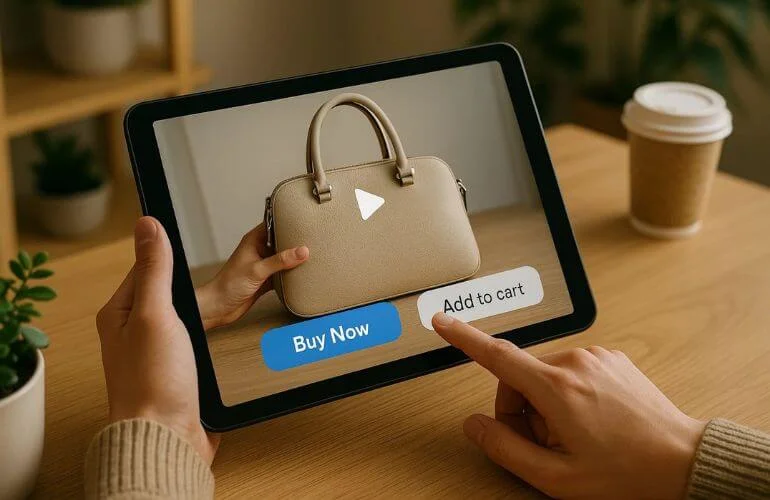
Video content drives both engagement and conversions. Customers increasingly rely on product demos, reviews, and tutorials to make informed decisions.
Shoppable videos, where viewers can buy products while watching, are becoming more popular. By telling a story through video and allowing instant purchases, brands can catch attention and turn interest into sales.
While videos engage users, headless commerce enables the infrastructure to support fast, flexible, and scalable shopping experiences across platforms.
07. Headless and API-Driven Commerce
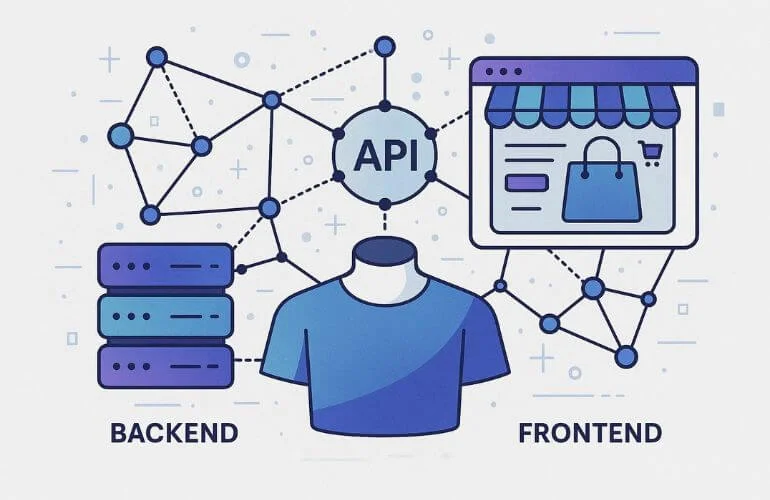
Behind the scenes, headless commerce is changing how online stores are built. It lets stores keep the website or app separate from the system that runs it. This makes shopping faster and easier on phones, websites, and other devices.
APIs help stores connect with other services. This makes it easier to grow, manage content, and improve the shopping experience. Headless architecture empowers brands to innovate rapidly without disrupting existing systems.
Alongside infrastructure improvements, flexible payment options reduce friction and make checkout smoother for customers.
08. Flexible Payment Options
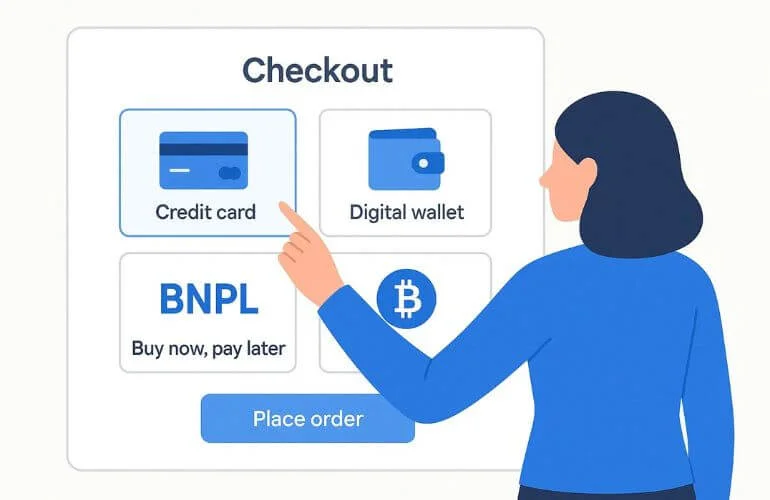
In 2025, customers expect a wide range of payment options. Credit cards, digital wallets, buy-now-pay-later (BNPL) services, and even cryptocurrencies are becoming standard.
Providing multiple payment options reduces friction and increases checkout completion rates. Big brands like Amazon and Walmart are giving more ways to pay. This makes shopping easier and keeps customers happy.
Flexible payments pair well with subscription models and loyalty programs, which encourage repeat purchases and long-term engagement.
09. Subscription Models and Loyalty Programs

Subscription services remain a powerful tool for eCommerce businesses. They encourage repeat purchases, increase customer lifetime value, and provide predictable revenue streams.
Modern consumers are more selective, so subscriptions must offer convenience, value, and personalization. Integrating loyalty programs with subscriptions further strengthens retention and keeps customers engaged.
Finally, many of these trends extend to B2B eCommerce, which is growing rapidly as younger professionals demand digital-first experiences.
10. B2B eCommerce Growth
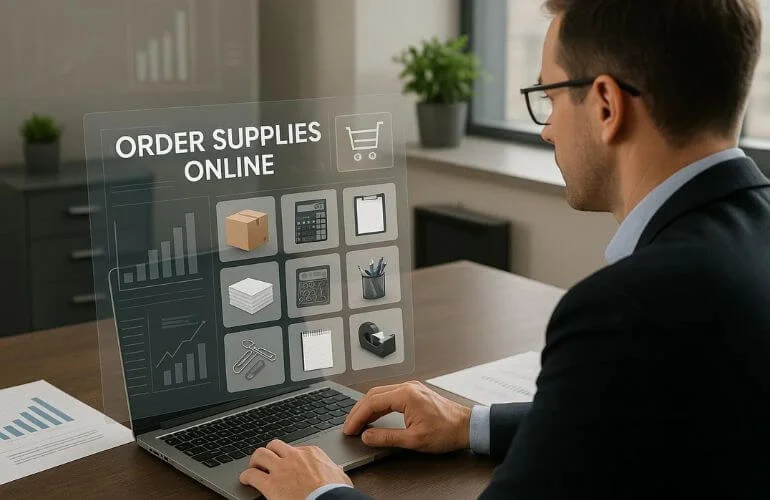
B2B online shopping is growing fast. Business buyers now expect smooth, self-service experiences like regular online shopping sites.
By 2025, Millennials and Gen Z will make most B2B purchases. They prefer digital platforms, clear product details, and fast checkout. Companies that improve their B2B eCommerce will win a bigger share of this huge market.
Conclusion
The eCommerce landscape in 2025 is defined by personalization, convenience, and innovation. Trends like AR, AI, mobile shopping, flexible payments, and headless commerce all focus on making the experience better for customers.
From visualization to voice, personalization, mobile-first experiences, and seamless backend systems, these innovations are transforming how people shop online. Success will belong to brands that embrace them, create engaging experiences, and stay ahead of evolving expectations.
In a world where speed, personalization, and convenience drive buying decisions, staying current with trends is no longer optional—it’s essential. Enhance your product visuals with our photo editing service to stay ahead in 2025.

